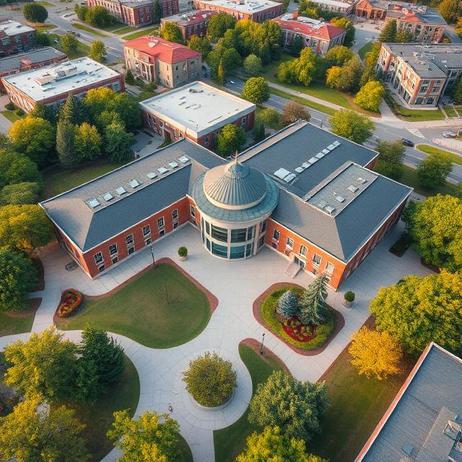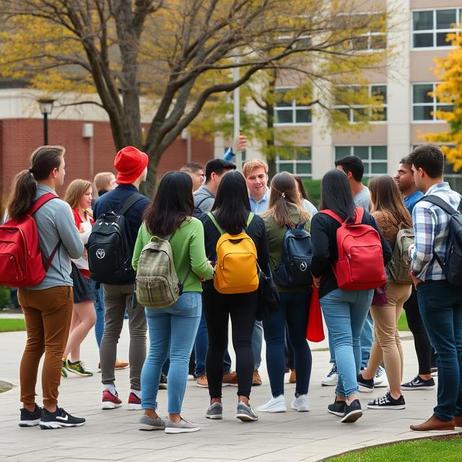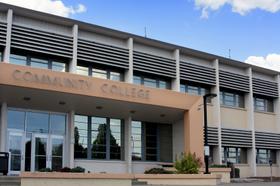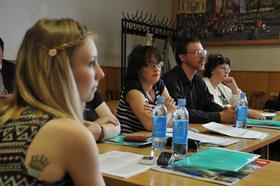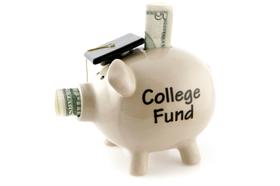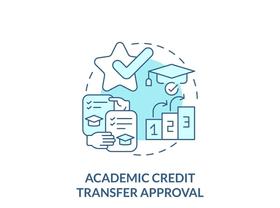The Real Cost of Community College (2025 Perspective)
Community college has long been promoted as an affordable gateway to higher education, offering lower sticker prices, flexible scheduling, and local access. Yet when students and families dig deeper, “affordable” often masks a patchwork of hidden costs, variable institutional policies, and shifting financial aid landscapes. In 2025, many of the same challenges persist — now amplified by inflation, technology costs, and evolving public funding — making a clear-eyed view of the real cost more critical than ever.
Below, we update the classic structure of “The Real Cost of Community College” with current data, policy trends, and expert insight — so you can navigate what’s affordable and what’s not.
1. Sticker Tuition: What You See Up Front
National Averages and Variability
The simplest way to compare colleges is by tuition and mandatory fees. According to CommunityCollegeReview, in 2025 the average in-state public community college tuition is $5,099 per year, while out-of-state students pay $8,784. Community College Review
However, that’s a base number. The American Progress “Full Cost of Attendance” report cites a slightly lower average of $4,050 in 2024–25 for tuition and fees alone — which underscores that many students pay less than the published rate after discounts, waivers, or exemptions.
Other sources show further variation: in many places, in-district or in-county students still pay lower rates (for instance, ~$3,598 annually). Meanwhile, out-of-district or out-of-state


